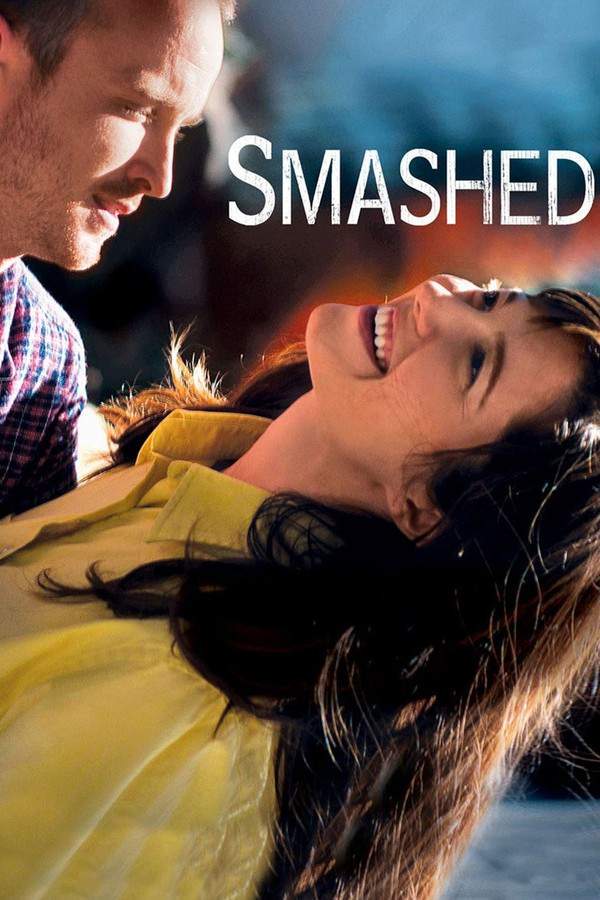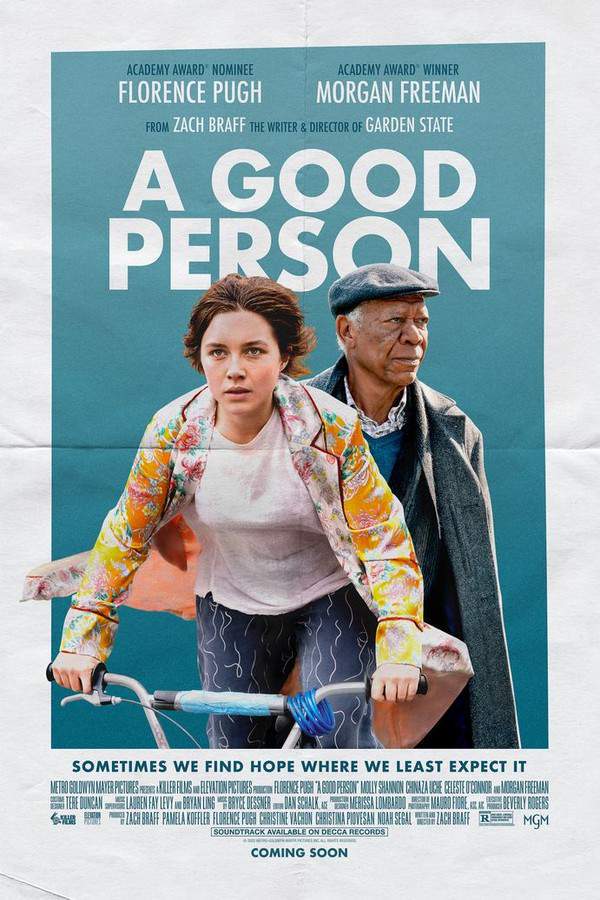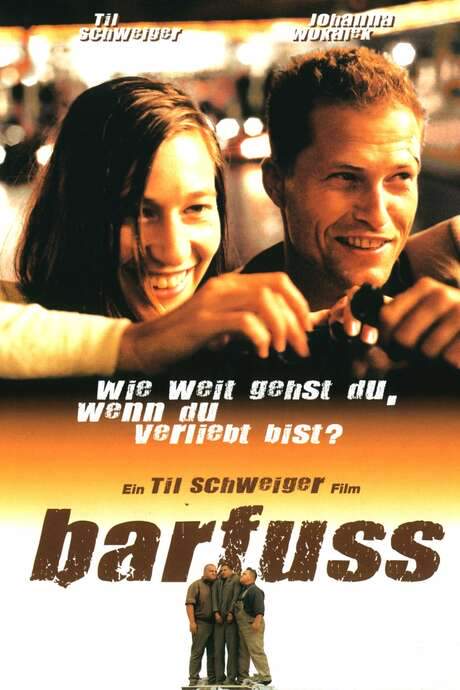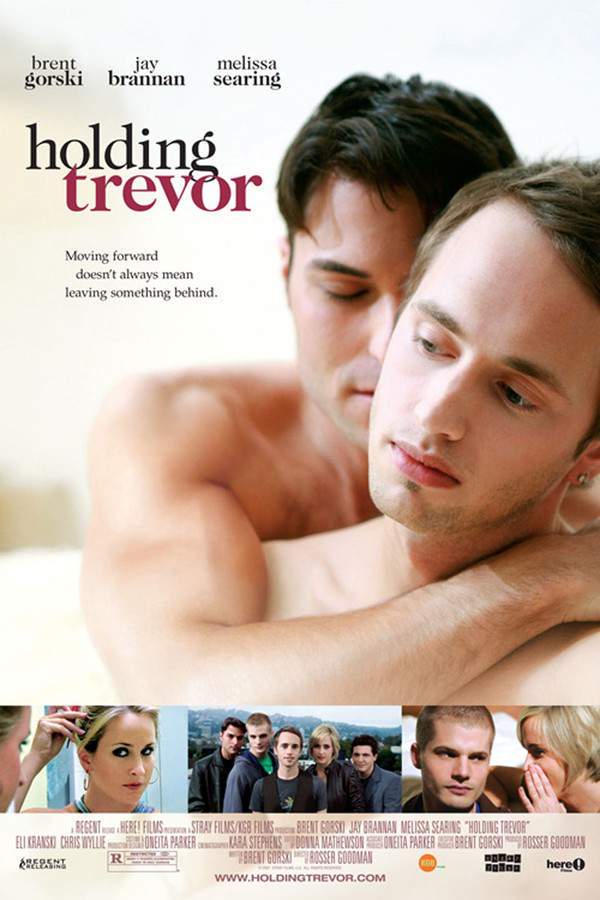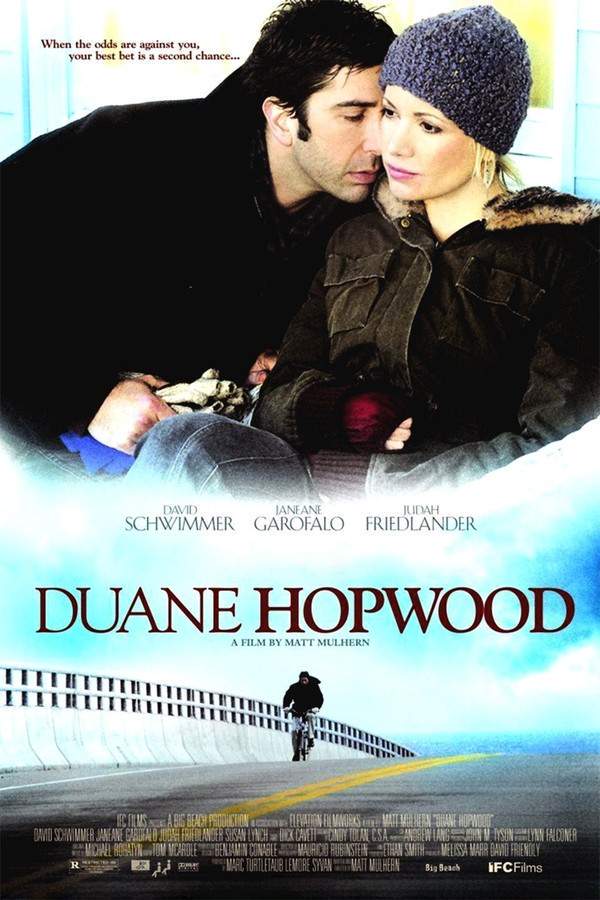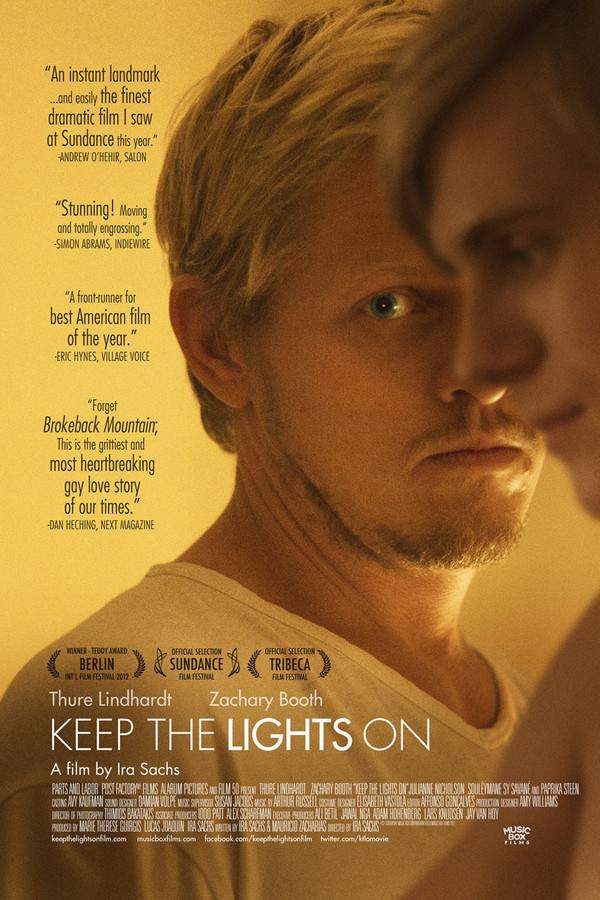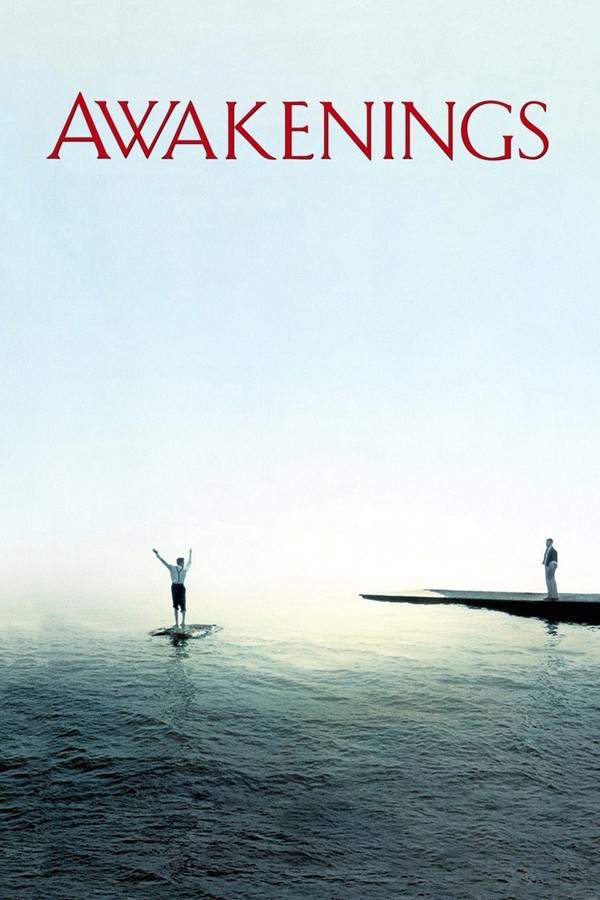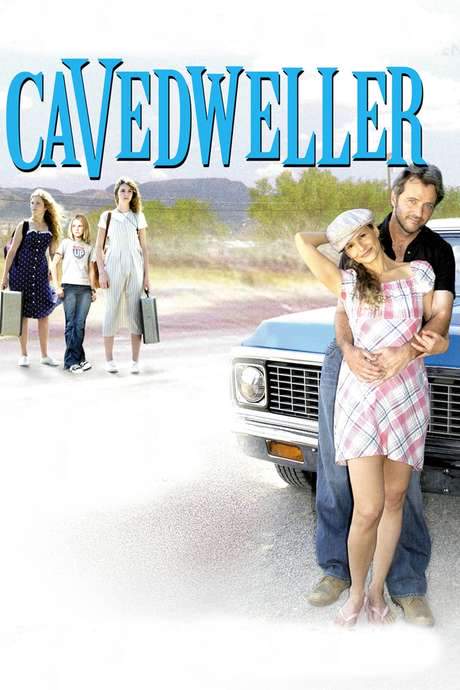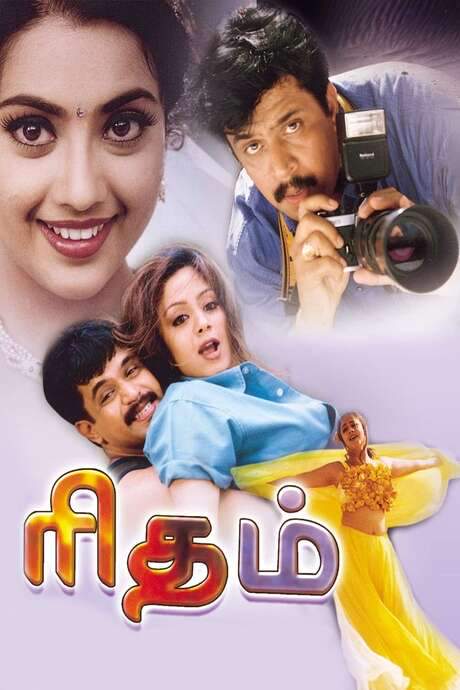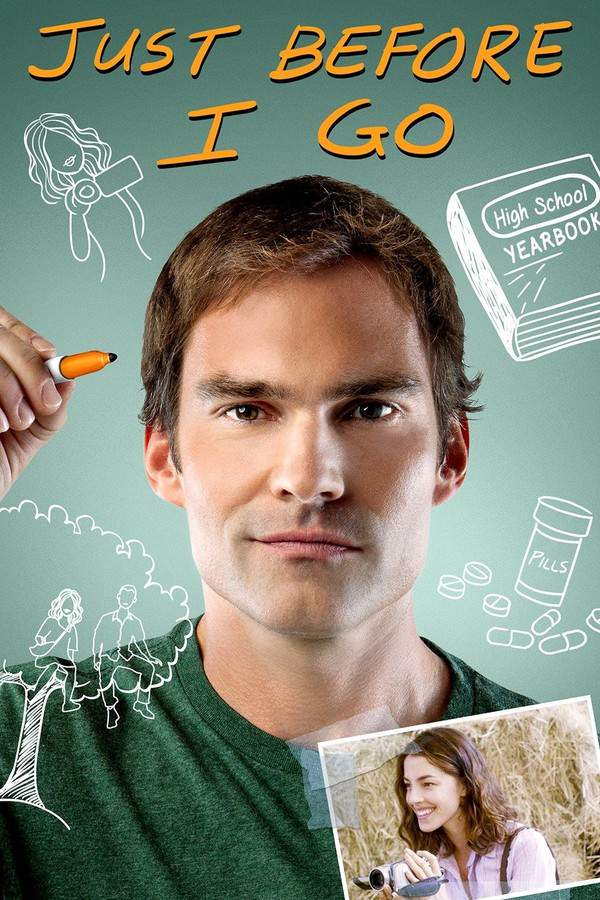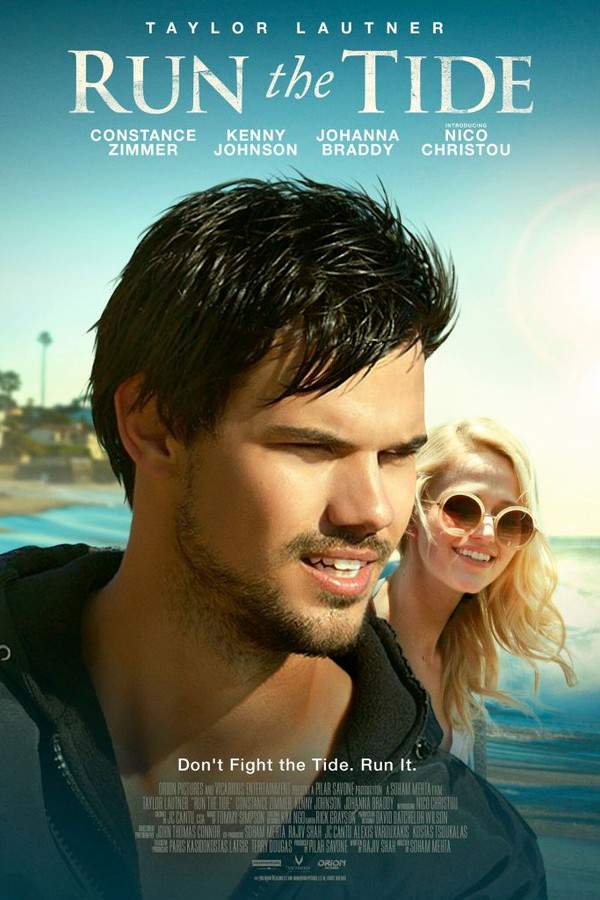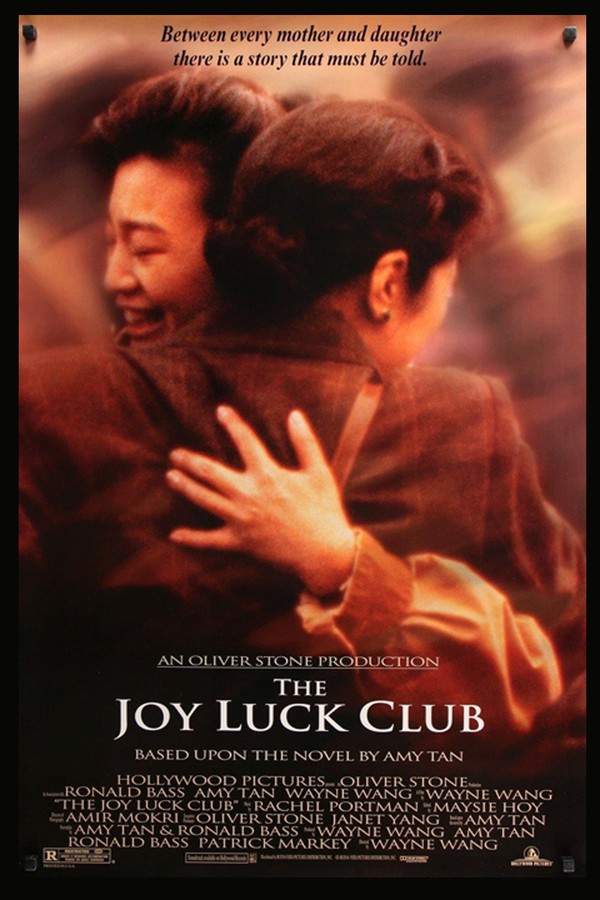
Being Charlie
Year: 2016
Runtime: 97 min
Language: English
While struggling with personal challenges, Charlie finds unexpected connection and support at a rehabilitation center. There, he grapples with his complex relationship with his politically prominent father and forms a bond with another patient. To move forward, Charlie must confront his inner struggles and strive for a path toward healing and self-discovery.
Warning: spoilers below!
Haven’t seen Being Charlie yet? This summary contains major spoilers. Bookmark the page, watch the movie, and come back for the full breakdown. If you're ready, scroll on and relive the story!
Being Charlie (2016) – Full Plot Summary & Ending Explained
Read the complete plot breakdown of Being Charlie (2016), including all key story events, major twists, and the ending explained in detail. Discover what really happened—and what it all means.
As Charlie celebrates reaching the milestone of his 18th birthday by achieving emancipation from a youth rehab facility in rural Utah, he unwittingly embarks on a destructive journey. Though he departs peacefully, he defiantly vandalizes a stained glass window in the chapel, setting the tone for his chaotic escape.
His adventure begins when he hitchhikes, eventually getting a ride with a generous man and his sick mother. They initially agree to drop him off at a bus station after taking her home, but everything changes when Charlie pilfers the woman’s oxycodone, intended for her cancer treatment. This theft infuriates the driver, who promptly kicks Charlie out of the car.
In dire need of transportation, Charlie reaches out to his best friend and dealer, Adam, who swiftly picks him up and takes him back to Los Angeles. However, Charlie’s parents are already one step ahead—they’ve arranged an intervention, leaving him with an impossible choice: enter rehab or face incarceration in Utah due to his vandalism.
Being the son of a famous Hollywood actor turned gubernatorial hopeful, Charlie reluctantly accepts his fate and checks into a recovery facility. Here, he encounters Eva, a beautiful yet troubled enabler, along with a diverse group of fellow residents and a refreshingly honest ex-con counselor.
The rehab environment is tumultuous, further illustrated by the abrupt disappearance of a particularly unpredictable resident, reminding Charlie and the audience of the struggles and frustrations inherent in battling addiction. As he acclimates to the rigorous demands of rehab, Charlie navigates group therapy, yoga sessions, family visits, and moments of bitter self-reflection.
When Charlie transitions into outpatient care, he gains a taste of freedom, but the shadows of his past temptations lurk close by. The leader of this new living arrangement impresses upon the young men the imperative of prioritizing their recovery over romantic distractions. This message contrasts sharply with the unconditional affection from Charlie’s mother, who deeply wishes to foster a supportive atmosphere absent his often-absent father.
During a weekend pass with Eva, an unmistakable tension surfaces. Her emotional state shifts dramatically; she oscillates between fear and despair, leaving Charlie bewildered by her reticence. In a moment of poignant honesty, she declares, > “It is different.” This interchange highlights a critical misunderstanding between them—Charlie feels the connection significantly enhances his recovery, while Eva struggles to articulate her hardships.
When Eva vanishes without a trace, Charlie’s desperation escalates, prompting him to abandon the outpatient program in a frantic search for her. Driven by emotion, he commandeers his father’s car to follow her trail to Venice Beach. There, in a moment filled with raw vulnerability, he confesses his love, only to find her response lacking. Instead of a hopeful reunion, his attempts to reconnect falter, and their time together is cut short when she disappears again by morning, leaving behind an empty wine bottle—a stark metaphor for their tenuous relationship.
Following this heart-wrenching episode, Charlie succumbs to temptation and quickly spirals back into addiction. It culminates in a devastating moment where he overdoses, laying bare the harsh reality of his choices. In a twist of irony, he finds comfort in his old buddy Adam, and while the two indulge in a hedonistic reunion, Charlie’s struggles intensify, leading to a critical breaking point.
However, amidst the turmoil, news arrives of David’s (his father-in-law) triumphant gubernatorial win, momentarily distracting Charlie from his troubled existence. Accepting this news alone, he feels increasingly lost and pensive.
The next day, David reaches out, aiming to mend fences, leading to a poignant reconciliation between them. This renewed bond ignites a spark of hope within Charlie, who begins to envision a way back into society. As the film concludes, we catch a glimpse of his metamorphosis into a stand-up comedian, a journey where his humor and perspective have been shaped through the hardships he has faced.
Last Updated: November 19, 2024 at 19:22
Explore Movie Threads
Discover curated groups of movies connected by mood, themes, and story style. Browse collections built around emotion, atmosphere, and narrative focus to easily find films that match what you feel like watching right now.
Movies About Addiction and Recovery Like Being Charlie
Raw and hopeful stories about the difficult road to healing from addiction.If you were moved by the raw honesty of Being Charlie, this thread collects movies that share its focus on addiction recovery. These films explore the turbulent journey through rehab, the risk of relapse, and the bittersweet but hopeful path toward self-discovery and healing.
Narrative Summary
These stories typically follow a character's linear journey through the cycle of addiction, treatment, and relapse. The central conflict is often internal—the battle against one's own demons—while external pressures from family and romance add complexity, culminating in a cautiously optimistic but earned conclusion.
Why These Movies?
They are grouped by their unwavering focus on the addiction recovery process, their emotionally heavy and raw tone, and their commitment to portraying both the setbacks and the small victories on the road to getting better.
Bittersweet Coming-of-Age Movies Like Being Charlie
Emotionally heavy dramas about young adults facing painful but transformative growth.For viewers who appreciated the heavy emotional journey of Charlie's youth, this section highlights similar coming-of-age dramas. These films follow young adults confronting difficult truths about themselves and their families, resulting in a growth process that is both painful and ultimately hopeful.
Narrative Summary
The narrative pattern centers on a young protagonist at a crossroads, forced to confront a major personal or familial crisis. Their journey is less about external adventure and more about internal reckoning, often involving therapy, parental conflict, and a search for identity that leads to a mature, nuanced understanding of themselves.
Why These Movies?
These films share a specific mood: a melancholic yet hopeful tone, a steady pacing that allows for deep character introspection, and a central theme of a young person navigating heavy emotional trials to find their place in the world.
Unlock the Full Story of Being Charlie
Don't stop at just watching — explore Being Charlie in full detail. From the complete plot summary and scene-by-scene timeline to character breakdowns, thematic analysis, and a deep dive into the ending — every page helps you truly understand what Being Charlie is all about. Plus, discover what's next after the movie.
Being Charlie Timeline
Track the full timeline of Being Charlie with every major event arranged chronologically. Perfect for decoding non-linear storytelling, flashbacks, or parallel narratives with a clear scene-by-scene breakdown.

Characters, Settings & Themes in Being Charlie
Discover the characters, locations, and core themes that shape Being Charlie. Get insights into symbolic elements, setting significance, and deeper narrative meaning — ideal for thematic analysis and movie breakdowns.

Being Charlie Spoiler-Free Summary
Get a quick, spoiler-free overview of Being Charlie that covers the main plot points and key details without revealing any major twists or spoilers. Perfect for those who want to know what to expect before diving in.

More About Being Charlie
Visit What's After the Movie to explore more about Being Charlie: box office results, cast and crew info, production details, post-credit scenes, and external links — all in one place for movie fans and researchers.


